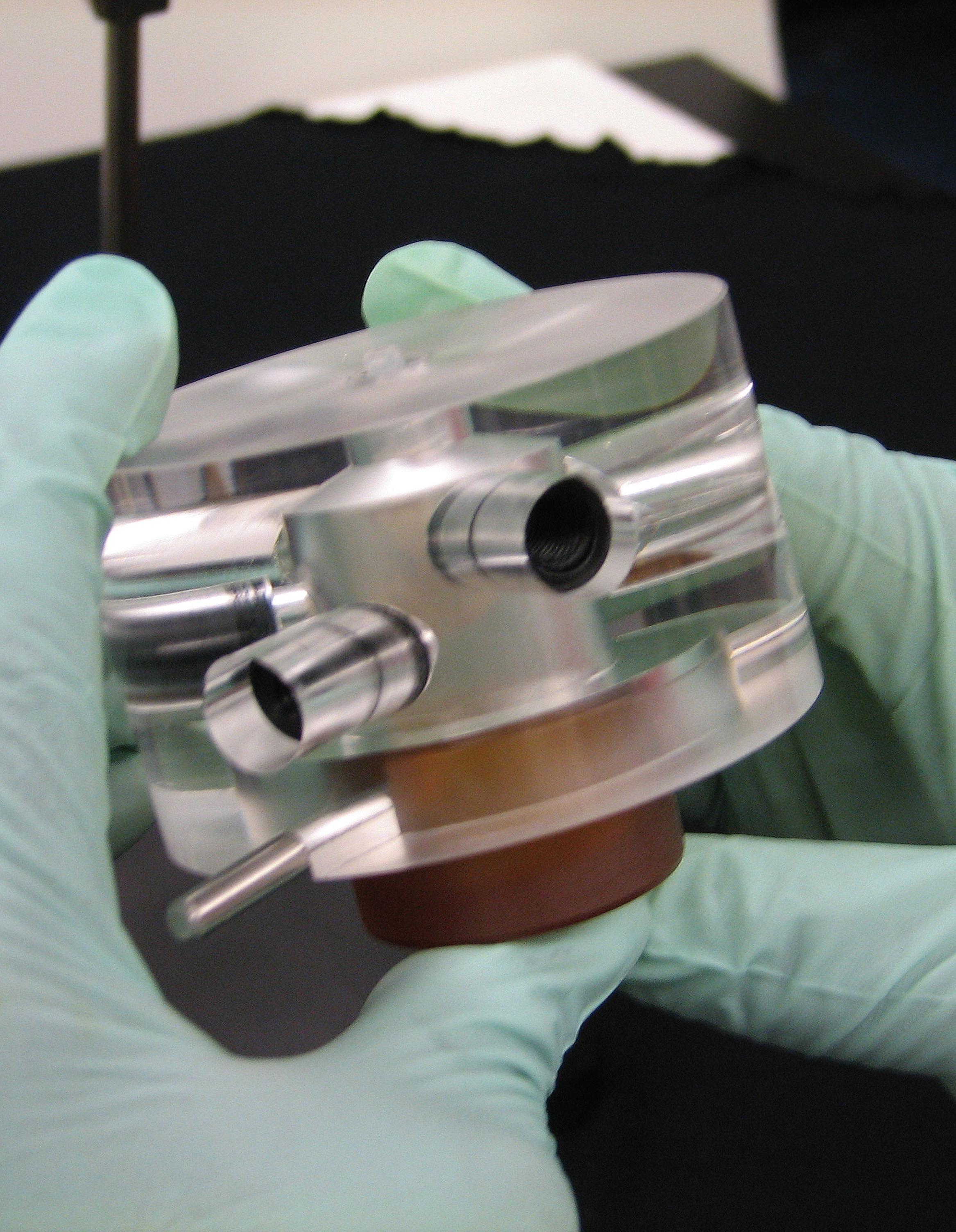Eye-catching animations that Help
Visualize the Nanoworld By Mary SpIro
T
he Animation Studio at Johns Hopkins Institute for NanoBioTechnology (INBT) continues to expand and produce more eye-popping animations to help describe science too small to see. Animation studio director Martin Rietveld currently supervises the work of two students formally enrolled in the independent study course, Animation in Nanotechnology and Medicine. Two other previously enrolled students have continued on in the studio as assistants. “Exciting visuals that show exciting science will keep being useful for INBT in its education as well as its outreach efforts,” Rietveld said. “This also applies to the newly launched Engineering in Oncology Center. The ability to communicate abstract concepts in mere seconds is strongly present in animation. It is therefore an excellent means for telling the story behind any type of science but in particular the kind that takes place on the nanoscale.” Still images from recently completed projects can be seen here. Upcoming projects include an illustration of the process of cancer metastasis based on the work of Denis Wirtz, director of the Engineering in Oncology Center and Smoot Professor of Chemical and Biomolecular Engineering. Another movie will show the differentiation of stem cells into blood vessels, based on the research of Sharon Gerecht, assistant professor, also in Chemical and Biomolecular Engineering. Students who have enrolled in
the Animation in Nanotechnology and Medicine course have come from diverse departments at Johns Hopkins University, as well as from the Maryland Institute College of Art. Rietveld expects participants to be self-starters and self-directed learners, using online tutorials to get up to speed on the various software programs needed to make the animations. Prior to the development of each animation, students learn about the research through interviews with the faculty members and graduate students involved in the work and by reading the current literature on the subject. The course follows the basic animation pipeline from concept to post production. Students at all levels and from all disciplines with an interest in art and animation are invited to enroll in the course. For more information, contact Martin Rietveld at Rietveld@jhu.edu.®
From the film “Self-folding cubes” by David Filipiak and Martin Rietveld and based on the research of David Gracias, Chemical and Biomolecular Engineering, Whiting School of Engineering. Cross-sectional illustration of collagen fibers from the film “Collagen Mimetic Peptides” by Ella McCrea (MICA), Nathan Weiss, Martin Rietveld, Jay Corey and Mary Spiro and based on the research of Michael Yu, Materials Science and Engineering, Whiting School of Engineering.
Based on the work of Blake Hill, Biology, Krieger School of Arts and Sciences, Ammon Posey and Martin Rietveld created this animated film describing Bcl-xL, a transmembrane molecule of the mitochondria.
2010 inbt.jhu.edu 2010 Environmental Environmental and and Health Health Impacts Impacts of of Engineered Engineered Nanomaterials Nanomaterials inbt.jhu.edu || 27 27
















